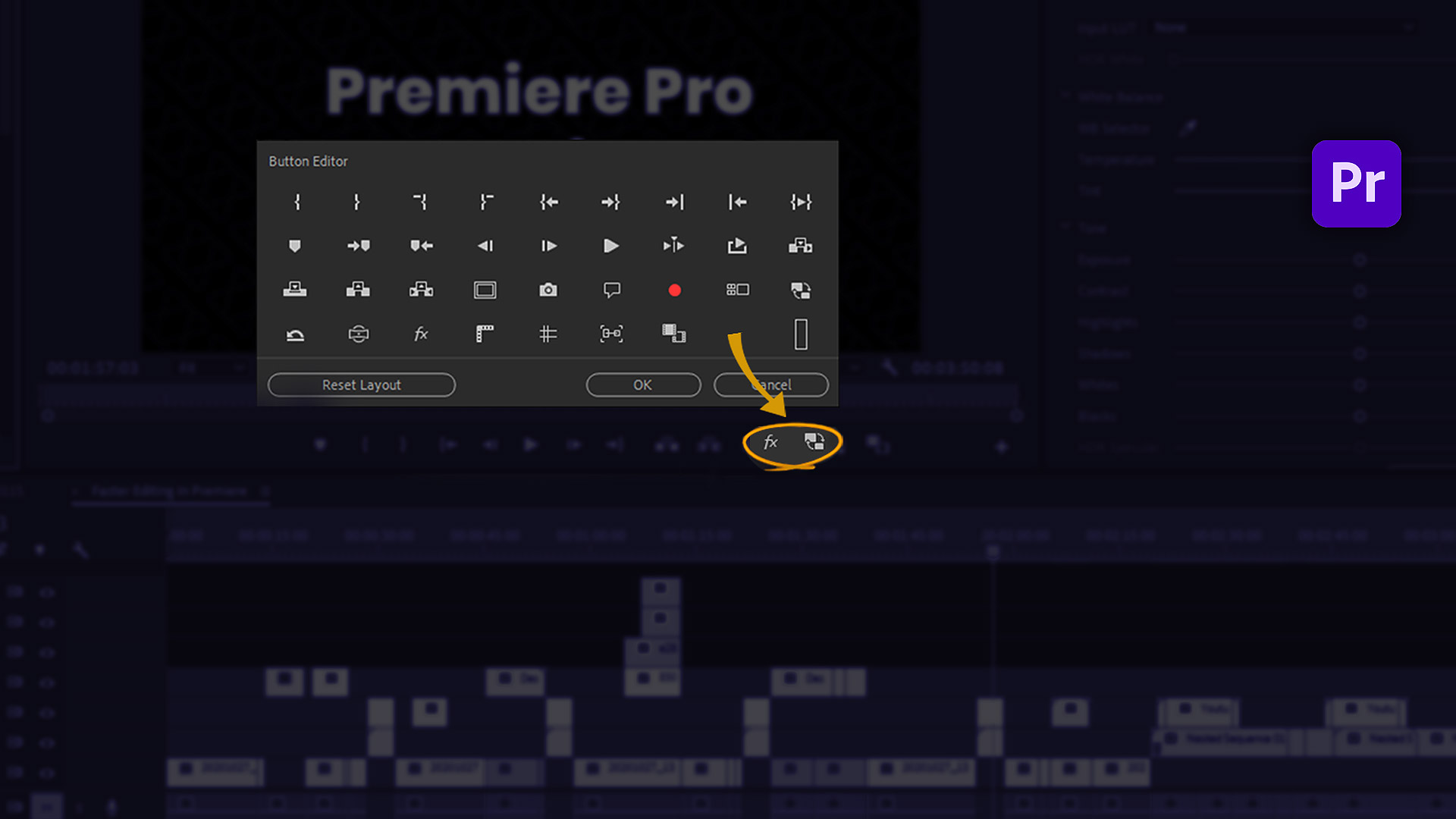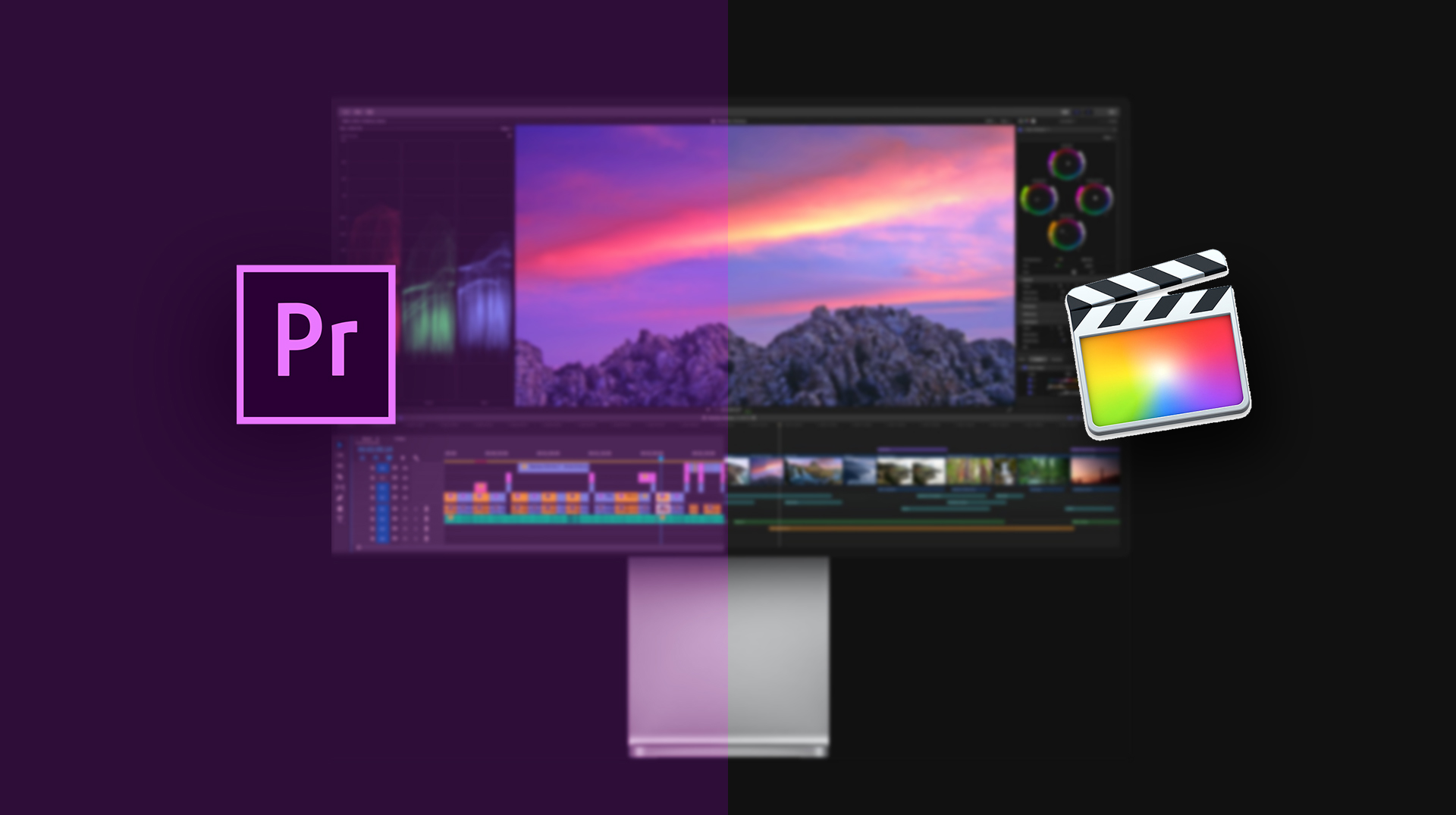When it comes to editing videos as a consumer or even a prosumer, the names that you hear more than any other are Adobe Premiere Pro and Apple Final Cut Pro X. Both are great options and vastly popular, but for different reasons. So let’s dive into this topic and break down why either of these two is the best option for you.
Compatibility
One of the obvious advantages of Premiere Pro is that, unlike Final Cut Pro X which is Mac only, it is available on both Windows and Mac. This single-handedly has made Premiere Pro the software of choice for editing groups since there is a high probability that team members may be on different operating systems.
Pricing
This one is a bit tricky since Adobe Premiere Pro and Final Cut Pro X follow different business moves. Final Cut Pro X is a straight-up one-time purchase while Adobe Premiere Pro is a monthly subscription. I personally prefer the Final Cut Pro X move because it gives me that sweet feeling of actually owning something! And also based on today’s price of Final Cut Pro X and Adobe Premiere Pro, the money paid for Premiere will surpass Final Cut Pro X, based on your chosen plan, in around a year and a half. Be sure to check sites of both products before deciding on your preferred platform. Here you can check the prices for Adobe Premiere Pro and Apple Final Cut Pro X.
Ease of Use
To be honest, it really is not that “Hard” to work with either Premiere Pro or Final Cut Pro X but both have a learning curve. Since Premiere Pro is generally leaning more toward professional users, it may take a bit more time to get comfy with it. On the other hand, Final Cut Pro X follows Apple’s philosophy of making software easy to comprehend so Final Cut Pro X may seem more appealing to a first time user. And the fun part is that Apple has done this without sacrificing anything! Final Cut Pro X is still relatively professional software to work with.
Support For Plugins
This one is something that made Premiere Pro a better choice compared to Final Cut Pro since Final Cut Pro had no support for third-party plugins. But that did change after 10.4.4 update that rolled out on November 15, 2018. Still Premiere Pro is ahead of Final Cut Pro considering the sheer number of available plugins available for the Adobe platform, but what Apple is really good at is attracting developers toward its platform, so I believe this gap is not something Adobe can really count on in long run.
Availability of Templates
Templates are god sent to make your lives just a little bit easier, and lazier, and I mean it in a good way! Time saved in one place can be invested somewhere else where it is needed more. Templates are a big and important part of any sort of production and content creation and they save a lot of time and keep you from working on reparative tasks. Fortunately, both Premiere Pro and Final Cut Pro X have support for the templates and the community on both ships is vibrant and active in creating top-notch ones compatible with the platform.

Handling Of Assets
The way you can handle your assets in Premiere Pro is to collect them into Bins under the Project panel. Bins work just like Folders but have a fancier name! You can also designate colors to bins in order to differentiate them but that’s about it. The implemented mechanism is intuitive and I can see editors, new or veteran, feel comfortable using it but to be honest, I personally use the project panel just when I really have to. Generally, I prefer using the extensions made for the job like Motion Factory.
On the other hand, in Final Cut Pro X things are a bit different but still sort of familiar, you know, like they have that “Apple Touch” to them. The way things work in Final Cut is that under Libraries you set up Events that will again work like folders and they can hold all your assets like video footage, audio, photos, etc. But the trick that Final Cut has up its sleeves is the ability to set up and categorize clips with personal keywords. So now you can find any file based on the keyword you have set for it. Not too shabby I would say.
Color Grading and Color Correction Tools
Color Correction and Color Grading are the segments where Premiere Pro and its Lumetri Color Tools has had the edge over Final Cut Pro X for ages. Lumetri has become some sort of a standard with so many options to work with while keeping everything dead simple to handle especially if you are a beginner editor or colorist. Of course, Final Cut Pro X is catching up with Premiere Pro and as we all know Apple, they will come with a bang. Of course, that does not mean Final Cut is all useless in coloring segment but based on the opinion of many experts, Premiere Pro’s Lumetri is still just a tad bit better.
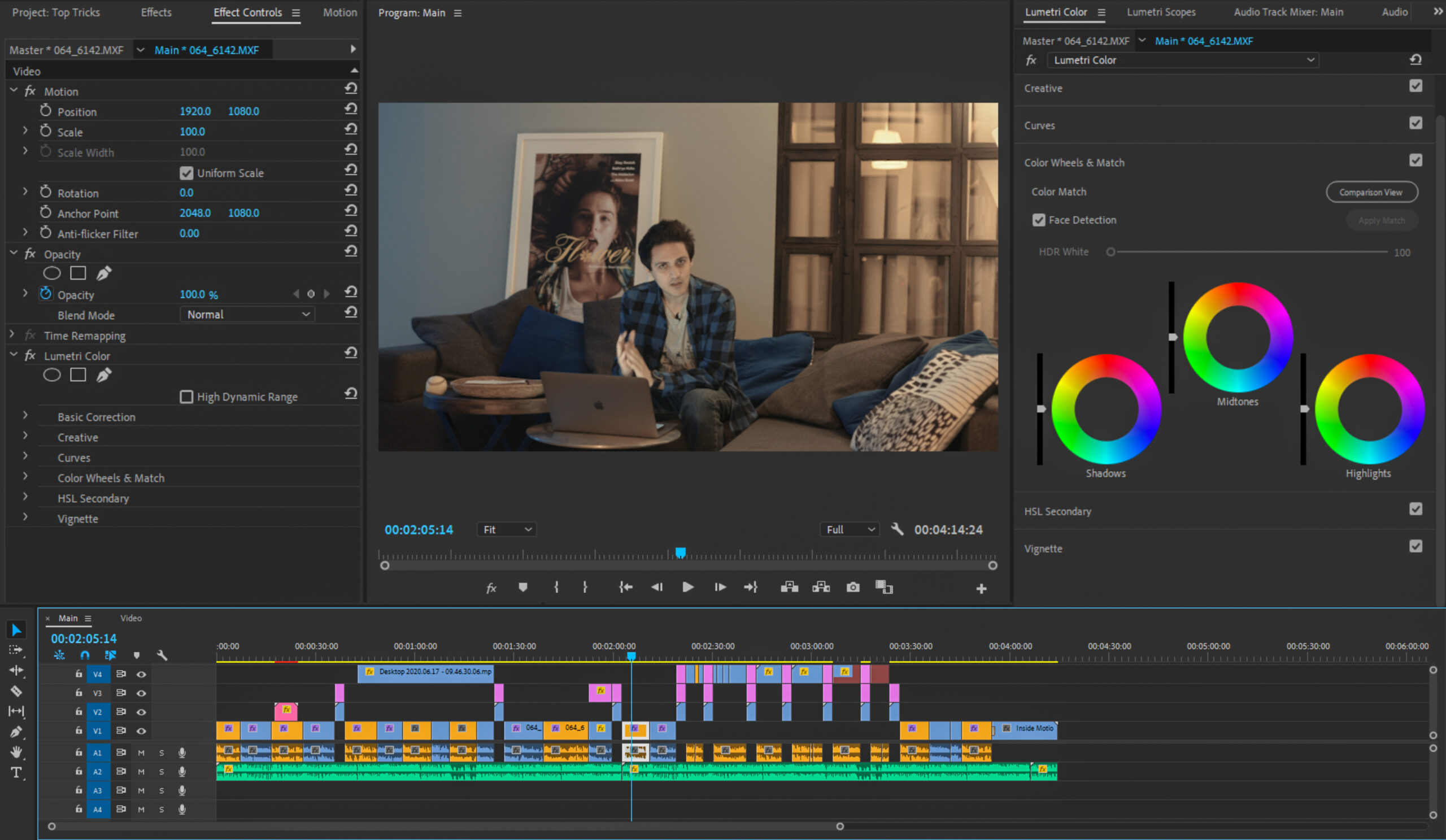
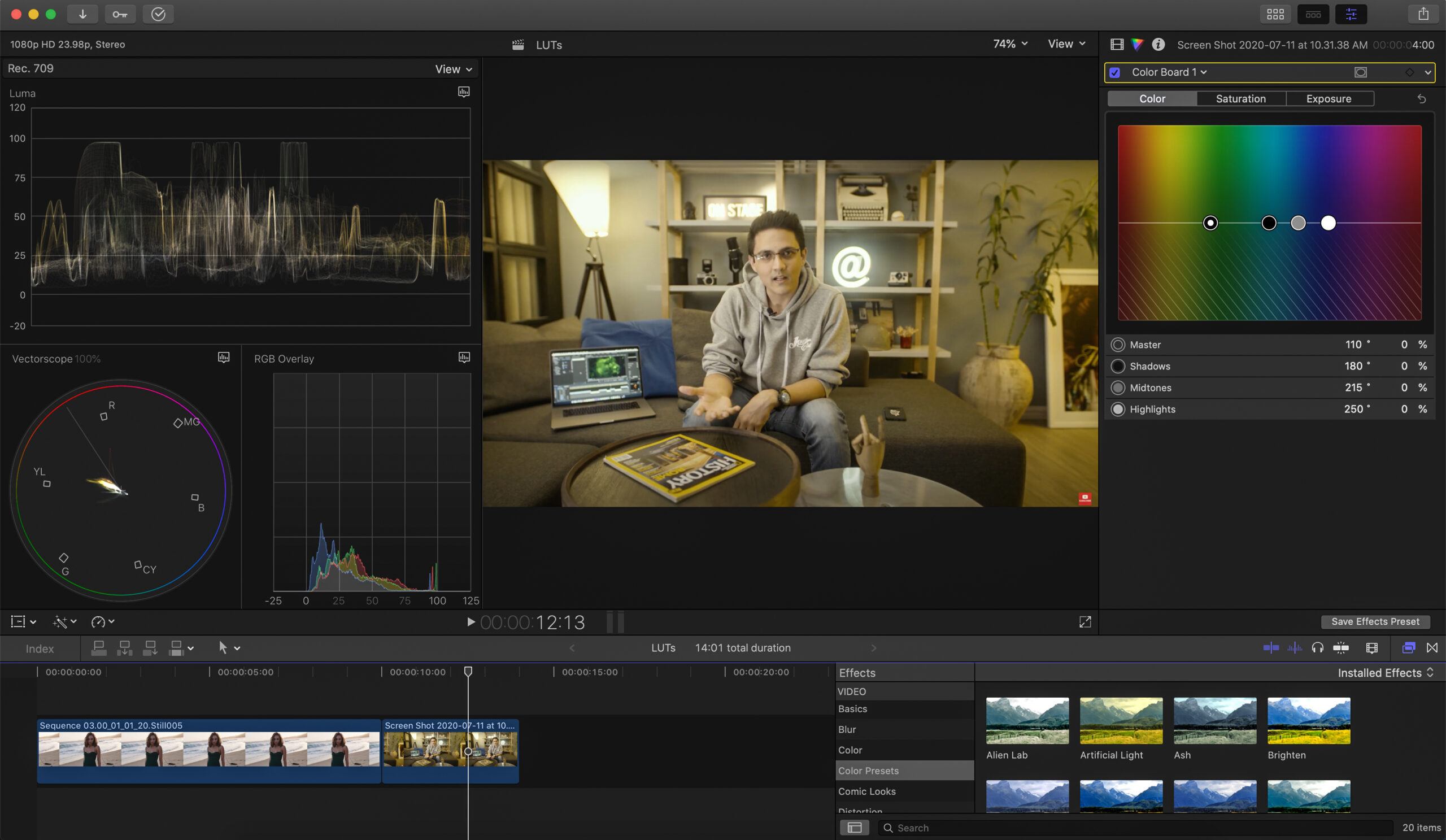
Audio Editing
When it comes to audio editing, both platforms have strong built-in plugins that let you edit any sort of audio well enough and I dare even say a bit professionally. But if you are looking for more control and a higher level of editing capabilities, both platforms also have companion software that helps a great deal with audio editing and management. On Premiere Pro side you can use Adobe Audible and Final Cut Pro X uses the help of Apple Logic Pro. Both work amazingly with their respective platform and no camp will feel left behind if they are using either of the software.
Companion Programs
When it comes to companion programs and software integration, Adobe can easily hit it out of the park! Creative Cloud is a monthly paid service from Adobe that covers a collection of Adobe products like Premiere Pro, After Effects, Photoshop, etc. and also some cool services like Cloud Storage for your assets which can come in really handy. But the strong point of Creative Cloud is that all the software included in that package work hand in hand and is integrated extremely well. Even Linus from Linus Tech Tips recently made a video about checking other options as a replacement for Adobe products and in the end, despite all the shortcomings that he mentioned about Adobe products, he still concluded that the seamless integration of Creative Cloud makes it extremely hard to look elsewhere for productivity applications.
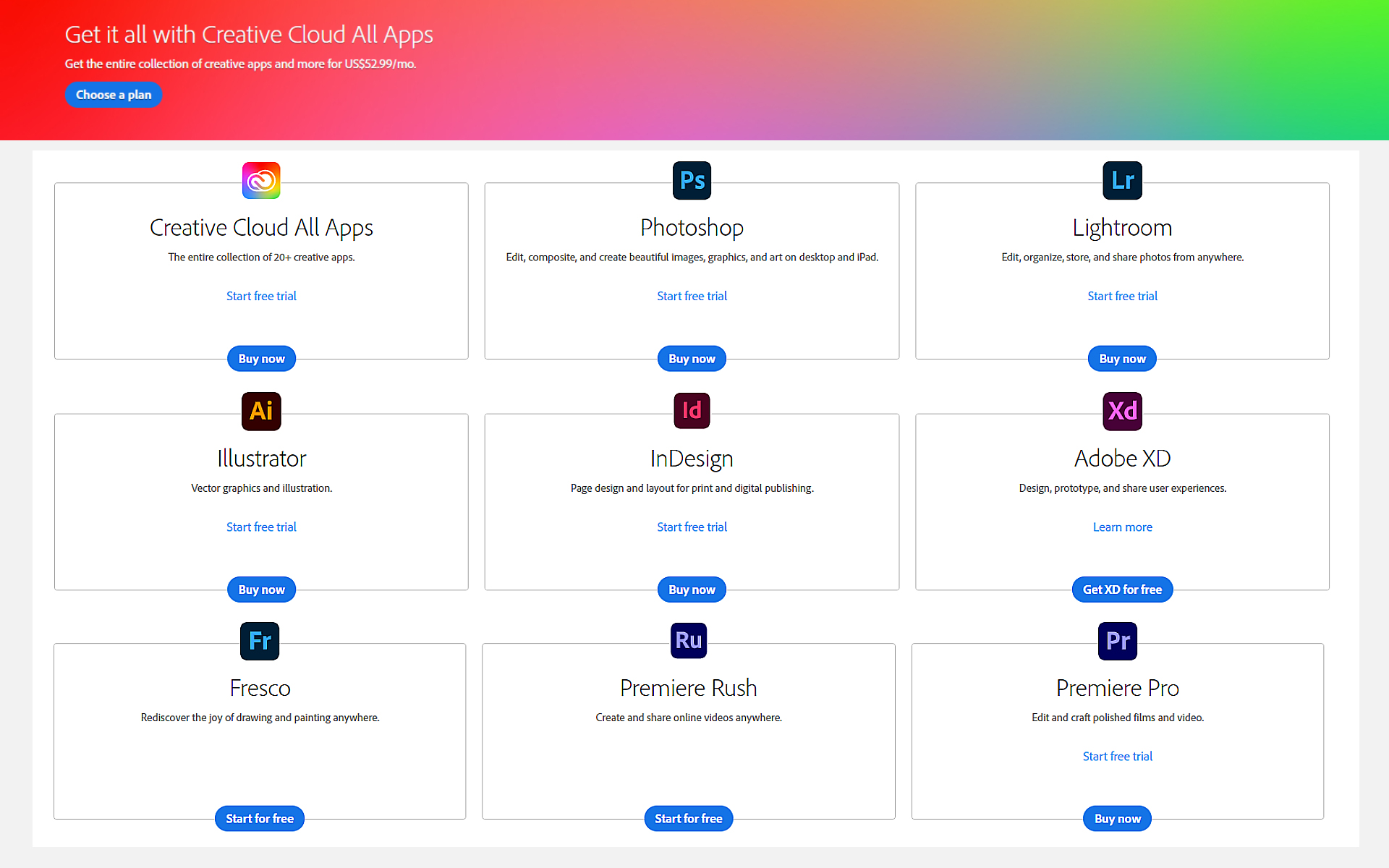
Performance
How fast can it render? Yeah, that’s what it boils down to for many content creators, and also fanboys! For quite some time, Final Cut Pro X has been the king of this category with its amazing render time, sometimes even dwarfing Premiere Pro performance. Adding to that is the background rendering feature which makes rendering even more hassle-free and easy. Apple has shown multiple times that when it comes to the optimization of software and hardware, nobody can touch them!
Of course, Adobe has tried to address this issue for quite a while. For example, they have worked with Intel to add hardware acceleration for Premiere Pro on Intel machines to reduce exporting time. Using Intel Hardware Encoding sure does work but it is a bit quirky and in apples to apple comparison, pun definitely not intended, the difference in exporting times varies from extremely well to negligible change. Gerald Undone channel has done a good cover of the topic in one of his videos which you can watch here.
Supported File Formats
While Final Cut Pro X supports almost all the mainstream file formats (MP4, AVI, MP3, RAW, Jpeg, etc), Premiere Pro still has an edge over its competition considering the list of supported file formats it can handle. Here you can check the list for Adobe Premiere Pro and Apple Final Cut Pro X and decide for yourself which platform suits your workflow.
System Requirements
In my opinion, this one is a clear win for Final Cut Pro X! Just by looking at the spec sheet, you can see that Final Cut Pro can even run on a potato! As I said before it all comes down to the excellent job Apple does in optimizing its software with hardware and since Final Cut Pro X only runs on macOS devices and Apple has full control over all the aspects of the devices, their level of optimization is unmatched! I don’t mean to say that Premiere Pro is a resource muncher that only works on top-notch devices but compared to Final Cut Pro X, it may need some better optimization.
Here you can check the minimum system requirements of Adobe Premiere Pro and Apple Final Cut Pro X.
Conclusion
Well, the weird part for me personally is the fact that I am not that fond of Apple and its ecosystem, but it seems like they are doing things right and all the hype around Final Cut Pro is completely justified. But like many things in life, there can not be a black and white answer. After all Premiere Pro does have a huge user base who is completely satisfied with their workflow. So it all boils down to your personal preference and what you want from the software you are using.
